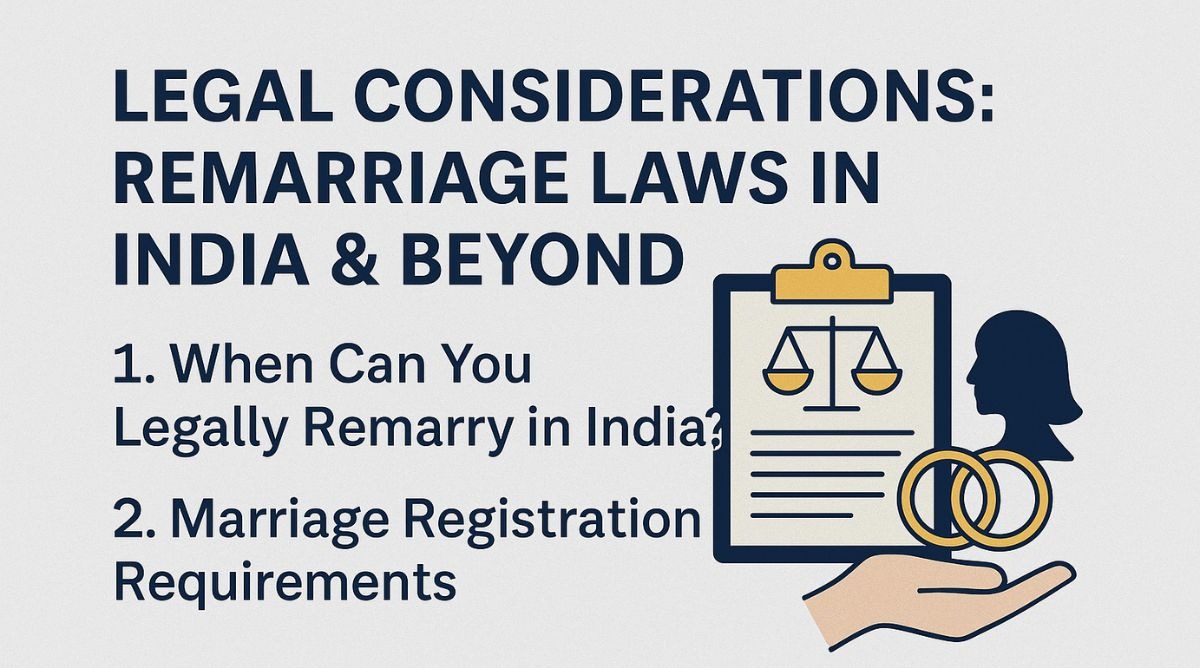A.N. Jindal, J.@mdashChallenge in this appeal is to the judgment dated 06.12.1999 passed by the learned Additional Sessions Judge, Faridabad, vide which the accused-appellant Sanjay @ Sanjoo (hereinafter referred to as ''the accused'') was convicted under Sections 363/366/376 IPC and sentenced as under:
U/s 363 IPC - To undergo rigorous imprisonment for three years and to pay fine of Rs. 200/-.
U/S 366 IPC - To undergo rigorous imprisonment for five years and to pay fine of Rs. 500/-.
U/s 376 IPC - To undergo rigorous imprisonment for ten years and to pay fine of Rs. 500/-.
2. However, all the substantive sentences were ordered to run concurrently.
3. Shorn of details, the story as unfolded by the prosecution is that on 17.09.1997, at about 6.00 P.M., the prosecutrix (name not disclosed) daughter of Saraswati, Aged about 14 years, had gone to fetch water but did not return. Consequently, on the statement of Saraswati, Mother of the prosecutrix, a case under Sections 363/366 IPC was lodged at Police Station Majesar, Fandabad. Search continued and ultimately, on 24.09.1997, the prosecutrix was recovered from village Jabra, District Banke (Bihar) from the custody of the accused. Both, prosecutrix as well as the accused, were medico-legally examined. Statements of the witnesses were recorded and on completion of the investigation report u/s 173 Cr.P.C. was submitted in the Court.
4. Charges under Sections 363/366/376 IPC as framed against the accused were denied by him and he opted to contest the trial.
During trial, the prosecution examined Dr. Mrs. Beena Sharma PWl. Dr. S.K. Mittal Medical Officer PW2. Prosecutrix PW3. Saraswati PW4. SI Sadhu Ram PW5, Anoj Kumar Draftsman PW6, Santosh Singh Assistant Block Education Officer PW7. Lady Constable Santosh Kumari PW8. Dinanath PW9. Mahabir Singh PW10 and ASI Satbir Singh PW11.
5. When examined u/s 313 Cr.P.C. the accused denied all the incriminating circumstances appearing against him and pleaded his false implication in the case. Ultimately the trial ended in conviction. Hence this appeal.
6. I have heard Mr. Rahul Vats, Learned Counsel for the appellant. Mr. K.S. Godara. learned. Deputy Advocate General. Haryana and perused the records of his case with their able assistance.
7. The crucial question involved in the case is the age of the prosecutrix. The prosecution in its venture to prove that she was 15 years of age examined prosecutrix PW3 who emphatically deposed that her date of birth is 06.03.1986 and she had studied up to 6th standard. Her statement finds support from the testimony of Saraswati PW4 who had also categorically deposed that the prosecutrix was only 12 years of age at the time of occurrence. As regards the documentary evidence, birth certificate Ex. PG which should prove the decisive role indicates that she was born on 06.03.1986. Thus, according to it, her age was 11.1.2 years. The witnesses may tell a lie but the documents do not. While ignoring here say testimony of the prosecutrix about her age. I cannot ignore testimony of her mother who has given the age of the prosecutrix by approximation as 12 years. Thus, taking the case from all angles, the age of the prosecutrix will have to-be considered as less than 16 years.
8. Now coming to the factum of rape, the prosecutrix while appearing in the witness box as PW3 has unfolded a woeful story by pleading that on 13.09.1997, at about 6.00 P.M. when she had gone to fetch water from the tap. the accused emerged there and induced her in a tempo towards Delhi. She could not extract from the clutches of the accused. Ultimately, due to administering of some poisonous substance she became unconscious and when she became conscious, she found herself to be in village of Bihar. By that time, she had lost her virginity. At the same time, on resistance being made, the accused unleashed threat to eliminate her. She was minor, therefore, consent or no consent is not significant factor in the case but we are to see whether a rape has been committed upon her which has been duly proved by the prosecutrix. She has withstood the test of cross-examination and disbelieving her testimony will amount insult to an injury. Her testimony also finds support from the medical evidence as well as from the testimony of Saraswati PW4. Even the testimony of the prosecutrix alone is to be believed provided her statement inspires confidence. The Learned Counsel for the appellant is unable to explain any such circumstance on the record from which I may be able to gather impression that she had deposed falsely. While elaborating the value of the testimony of the prosecutrix, the Supreme Court in case State of Punjab v. Gurmit Singh & Ors., 1996 (1) RCR (Cri) 533 (SC) observed as under:
The testimony of the victim in such cases is vital and unless there are compelling reasons which necessitate looking for corroboration of her statement, the courts should find no difficulty to act on the testimony of a victim of sexual assault alone to convict an. accused where her testimony inspires confidence and is found to be reliable. Seeking corroboration of her statement before relying upon the same, as a rule, in such cases amounts to adding insult to injury. Why should the evidence of a girl or a woman who complains of rape or sexual molestation, be viewed with doubt, disbelief or suspicion ? The court while appreciating the evidence of the prosecutrix may look for some assurance of her statement to satisfy its judicial conscience, since she is a witness who is interested in the outcome of the charge levelled by her, but there is no requirement of law to insist upon corroboration of her statement to base conviction of an accused. The evidence of a victim of sexual assault stands almost at par with the evidence of an injured witness and to as extent is even more reliable. Just as a witness who has sustained some injury in the occurrence, which is not found to be self-inflicted, is considered to be a good witness in the sense that he is least likely to shield the real culprit, the evidence of a victim of a sexual offence is entitled to great weight, absence of corroboration notwithstanding. Corroborative evidence is not an imperative component of judicial credence in every case of rape. Corroboration as a condition for judicial reliance on the testimony of the prosecutrix is not a requirement of law but a guidance of prudence under given circumstances, it must not be overlooked that a women or a girl subjected to sexual assault is not an accomplice to the crime but is a victim of another person''s lust and it is improper and undesirable to test her evidence with a certain amount of suspicion, treating her as if she were an accomplice, inference have to be drawn from a given set of facts and circumstances with realistic diversity and not dead uniformity lest that type of rigidity in the shape of rule of law is introduced through a new form of testimonial tyranny making justice a casualty. Courts cannot cling to a fossil formula and insist upon corroboration even if, taken as a whole, the case spoken of by the victim of sex crime strikes the judicial mind as probable....
9. Again in Para No. 21 of the judgment, Hon''ble the Supreme Court was pleased to observe as under:-
Of late, crime against women in general and rape in particular is on the increase. It is an irony that while we are celebrating woman''s rights m all spheres, we show little or no concern for her honour. It is a sad reflection on the attitude of indifference of the society towards the violation of human dignity of the victims of sex crimes. We must remember that a rapist not only violates the victim''s privacy and personal integrity, but inevitably causes serious psychological as well as physical harm in the process. Rape is not merely a physical assault - it is often destructive of the whole personality of the victim. A murderer destroys the physical body of his victim, a rapist degrades the very soul of the helpless female. The courts, therefore, shoulder a great responsibility while trying an accused on the charges of rape. They must deal with such cases with utmost sensitivity. The courts should examine the broader probabilities of a case and not get swayed by " minor contradictions or insignificant discrepancies in the statement of the prosecutrix, which are not of a fatal nature, to throw out an otherwise reliable prosecution case. If evidence of the prosecutrix inspires confidence, it must be relied upon without seeking corroboration of her statement in material particulars. If for some reason the Court finds it difficult to place implicit reliance on her testimony, it may look for evidence which may lend assurance to her testimony, short of corroboration required in the case of an accomplice. The testimony of the prosecutrix must be appreciated in the background of the entire case and the trial Court must be alive to its responsibility and be sensitive while dealing with cases involving sexual molestation.
10. Thus, while examining the evidence of the prosecutrix, medical evidence and the evidence of Saraswati PW4 on the touch stone of the guidelines issued by the Apex Court in Gurmit Singh''s case (supra), no doubt is left in my mind to believe the prosecution version as not only there is testimony of the prosecutrix PW3 alone but her testimony finds corroboration from the other sources. Assuming for the sake of arguments that the prosecutrix was recovered from the custody of the accused after some time, therefore, inference that she was a consenting party can be drawn is without any force. In order to determine this factor I have to see the facts and the circumstances of the case. In this case, from the evidence, the following facts emerged against the accused:-
1. When the prosecutrix had gone to fetch water from the tap, the accused took her away in the tempo;
2. She was administered some substance as a result of which she became unconscious and when she regained her conscious she found herself in village of Bihar i.e. at a long distance from her native village, by that time she has been ravished and had lost virginity:
3. She submitted her body under the fear and terror and also she was raped m the state of unconsciousness. She never consented to intercourse.
11. The consent for the purpose of Section 375 IPC required voluntarily participation and not only after the exercise of intelligence based on the knowledge of the significance and moral quality of the act but after having fully exercised the choice between the resistance and consent. Whether there was consent or not is to be ascertained only on a careful study of all relevant circumstances. Similar observations were made by the Apex Court in case State of Himachal Pradesh v. Mango Ram, 2000 (2) ACJ 166 (S.C.) : 2000 (3) RCR(Cri) 752 (SC).
12. Under these circumstances, it would not be reasonable to hold that the prosecutrix being below 16 years of age was consenting party.
13. Now coining to quantum of sentence. A lenient view regarding quantum of sentence is required to be taken as both the accused and the prosecutrix were of young age. The accused has already suffered more than 7 years of sentence and there are all chances of his bring reformed and joined the mainstream;
14. For the foregoing reasons, the appeal preferred by the appellant is dismissed with the modification in the sentence to the extent that the sentence awarded against him is reduced to 8 years without alteration in the sentence of fine and also the conviction and sentence awarded against him for other offences.

